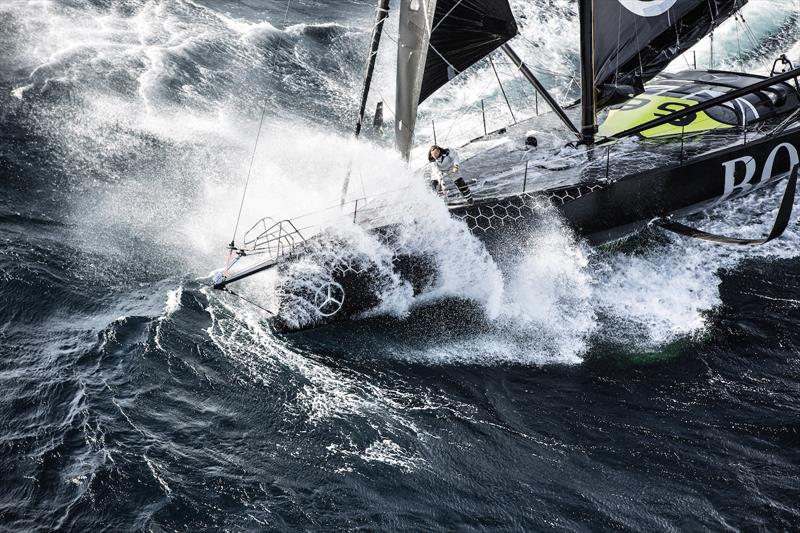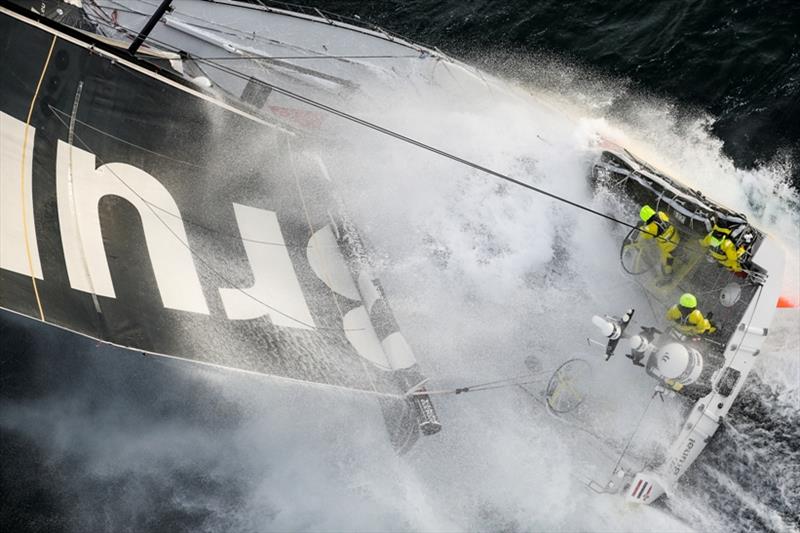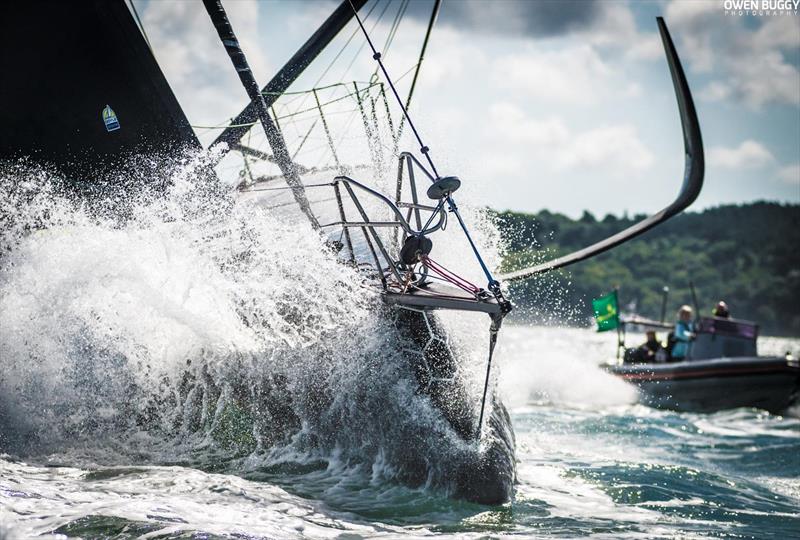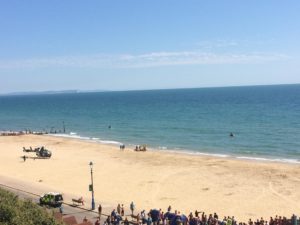Two classes to compete in the 2021 edition of the Volvo Ocean Race


If you follow ocean racing, you’ve likely heard that change is afoot at the Volvo Ocean Race. In late May it was announced that the race had been sold to Atlant Ocean Racing Spain, which is led by Richard Brisius, Johan Salén and Jan Litborn, and while Volvo Cars will hold onto some sponsorship of the 2021 event, it’s unclear what the event’s moniker will be, moving forward. That said, the 2021 “VOR” landscape is set to offer lots of opportunity, both on the corporate sponsorship side, and-much more importantly-on the sailing side.
“I have been fortunate as many of my dreams have come true,” says Brisius in an official VOR press release. “First my dream to sail this race, then my dream be a team manager, followed by my dream to manage the race, and now the dream to be able to steer the future of the race.
“We are in this for the long run and we are determined that the race will go from strength to strength as a sustainable premier world event. I look forward to being part of evolving this unique race by co-operating together with the teams, cities, Volvo and all our key stakeholders.

In addition to naming and sponsorship changes, the event also announced on July 26 that it will morph from a strict One Design-only contest, which uses Farr-designed Volvo Ocean 65s, into a two-class race. Under this new format, the top sailors and best-funded teams will race fully crewed versions of the powerful IMOCA 60 monohulls, which are used in the singlehanded Vendee Globe Race, while other teams will race in a One Design class using the VO65s, which have now completed their second circumnavigation, as their racing platform.
“By opening the next race to the IMOCA 60 and the VO65, we intend to attract the very best sailors, designers and teams in the world to take up the challenge of competing in the pinnacle fully-crewed around the world race,” says Salén in an official statement.
“The introduction of the IMOCA 60 brings a design and engineering element to the race that keeps us at the cutting edge of technology and performance and will be appealing to the most competitive performers in our sport,” continues Salén. “And we’ve just seen how close and compelling the event can be when strong teams are racing the One Design VO65. Opening the race to both classes gives us the best of both worlds.”

While this is interesting and exciting news, it does beg the question as to whether this next edition of the “VOR” will be a two-tiered event that will see the brand-name sailors, racing aboard the flashy, semi-foiling IMOCA 60s, grabbing the majority of the headlines and fanfare, while relegating the less-funded or youth-based teams to the older VO65s.
“This is where the stars of tomorrow are born,” says Salén of the One Design VO65 class. “We want to encourage teams to give opportunities to younger crew, in order to bring some of the top talent from smaller boats, for example, into the offshore world.”
The event is currently working on their Notice of Race, which should be published this fall, but one interesting consideration involves crew size, as the VO65s are raced with full crews, while the IMOCA 60s will likely see considerably smaller crew sizes, which will make earning berths aboard these high-octane boats a highly competitive task for the world’s best offshore sailors.

For fans who have followed the race over the long haul (and over its various naming incarnations), the half-pivot to IMOCA 60s also opens the door wide to exciting innovations and design-war elements that could contribute to much wider finishing-time deltas than fans have become used to with the One Design VO65 class (remember the Whitbred 60s and the Volvo Open 70s and the speed differences within those fleets?). Moreover, the adoption of IMOCA 60s for the “VOR” could also generate important design innovations that could see these edgy boats becoming even more extreme, both in this event and in the Vendee Globe.
While the 2021 “VOR” certainly feels like a long ways off, the hard-boiled reality is that teams and designers need to get started on new-build IMOCA 60 projects soon, given the amount of time required to design, build, sea trial and develop these high-test boats. Moreover, given that the next Vendee Globe is slated to start in November 2020, odds are good that some (if not most) teams will use IMOCA 60s that were designed for this next Vendee cycle and then refit and re-optimized for the “VOR”, however “VOR”-optimized IMOCA 60s could also be in the works.
More, as it becomes known.
May the four winds blow you safely home,
David Schmidt, Sail-World.com North American Editor










